As India proudly celebrates its 77th year of independence, it’s a moment to reflect on the incredible contributions this nation has made to the world. Beyond the struggle for freedom, India’s cultural tapestry has woven threads of innovation and creativity that have left an mark on history. Among these remarkable legacies stands the story of “cheent” – the ancient textile technique that birthed the world’s first global fashion trend.

The roots of Chintz: A journey through time and textiles
Chintz, also known as “cheent,” emerged from the ancient techniques of hand-painting and resist dyeing, practiced across the textile hubs of India, notably Gujarat and Rajasthan. The technique produced exquisite cotton textiles, boasting vibrant hues that only intensified after washing. These masterpieces were exported worldwide, capturing the attention of Europe, where they earned the moniker “chintz,” an anglicized form of the Hindi word “chint,” meaning spotted cloth.
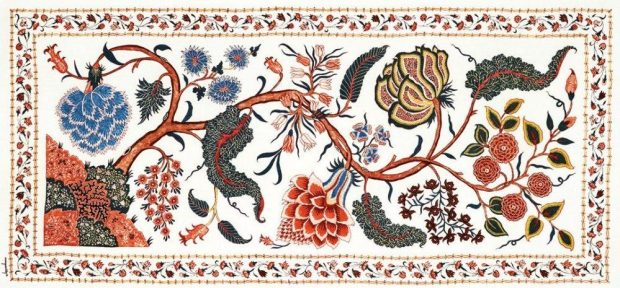
Chintz was more than just a fabric; it was a vibrant symbol of tribal celebration and rustic elegance. This technique has deep roots in Indian history, flourishing for centuries before reaching its pinnacle on the global stage.
The ban that ignited desire: A clash of textile titans
Chintz, with its allure and intricate artistry, rapidly swept across European markets, igniting a fashion craze that outshone the local textile industries. The prominence of Indian chintz posed a direct threat to European trade. In response, France and Britain resorted to drastic measures, banning the import of chintz. But bans couldn’t extinguish the allure of this marvel; in fact, it only kindled the flames of desire.
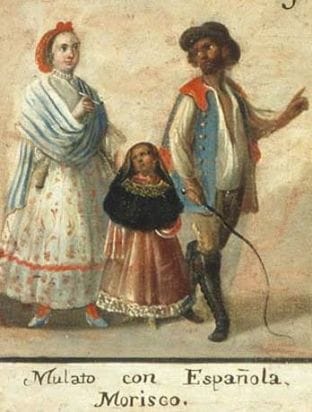
A clandestine trade network emerged as enthusiasts smuggled coveted chintz into Europe. The demand for this exquisite fabric was so intense that European manufacturers, in a bid to replicate its magic, began producing cheap, machine-made imitations. Sadly, the original craft gradually faded into obscurity, leaving behind a tale of triumph and loss.
The rise of a global fashion powerhouse
Historians recount that Indian chintz marked the inception of the world’s first global fashion phenomenon. This isn’t just a historical footnote; it’s a testament to India’s creative brilliance and global influence. In a world divided by boundaries and oceans, Indian artisans managed to create a universal language of beauty through chintz, transcending cultural barriers and uniting hearts through artistry.
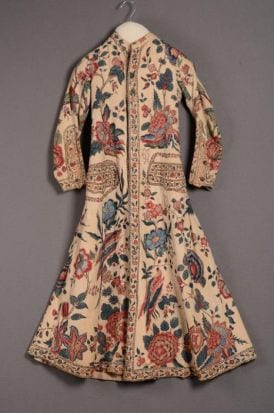
Chintz: A fabric that changed history
Beyond its impact on fashion, chintz’s journey echoed through history. The advent of Vasco da Gama’s voyage to India in 1498 unleashed a torrent of change. While Columbus sought spices and found continents, da Gama’s discovery of Indian cottons created an intercontinental trading frenzy. The subsequent years witnessed the rise of European East India Companies, entwining economies and cultures in a complex tapestry.
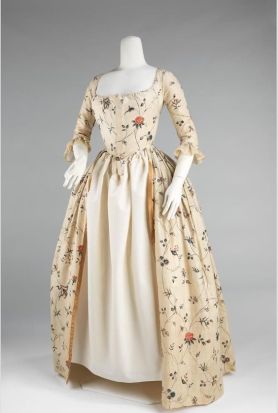
Indian chintz became a catalyst for change. European traders pivoted from their native wools and linens to embrace the exotic charm of Indian textiles. As this demand seeped into European soil, it set the stage for global trade routes that shaped the course of history.
The legacy lives on
The story of chintz is a tale of resilience and adaptation, of cultural exchange and collaboration. From its humble origins in Indian craftsmanship to its transcendence as a global trendsetter, chintz remains an emblem of India’s creative genius. As we celebrate India’s 77th year of independence, let us remember the role chintz played in connecting nations, sparking innovation, and inspiring beauty.
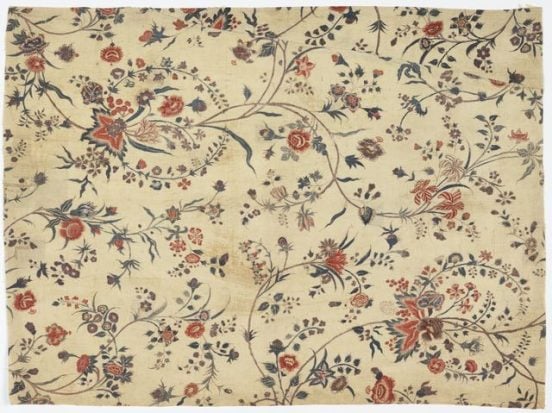
In the annals of history, chintz stands as a testament to the power of art to transform landscapes, mend divides, and bring the world closer together. So, as we look back on this vibrant history, let us swell with pride at the rich legacy that India’s chintz has bestowed upon the world, forever weaving us into a tapestry of shared beauty and global unity.









